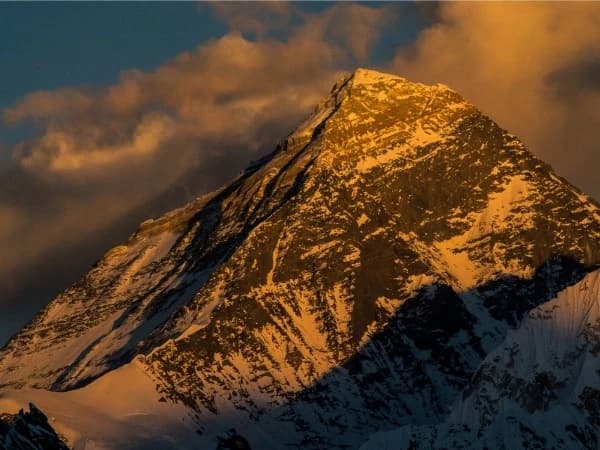"Explore the best seasons for trekking to Everest Base Camp with our comprehensive guide. Discover the optimal times for scenic views and ideal hiking conditions, from the lush spring bloom to the clear autumn skies. Plan your adventure with Recreation Holidays for an unforgettable experience."
The Best Seasons for Trekking to Everest Base Camp
Trekking to Everest Base Camp (EBC) is an awe-inspiring experience that serves as a highlight for adventure seekers from around the world. The opportunity to stand at the base of the world's highest peak entices a multitude of trekkers annually, but selecting the ideal season is essential to fully appreciate the spectacular vistas and conditions that Mount Everest has to offer.
At Recreation Holidays, we are committed to helping you choose the perfect time for your trek, ensuring that you experience the mountain at its best. This guide delves into the optimal seasons for venturing to Everest Base Camp, each offering distinct benefits. Whether you are drawn to the colorful spring blossoms or the uninterrupted autumn views, we are here to assist you in planning an extraordinary journey.

The Ideal Trekking Seasons to Everest:
1. Pre-Monsoon (Spring): March to May
Spring in the Everest region is a spectacle of nature. As the snow starts to thaw, the lower trails become lush and verdant, creating a vibrant backdrop for your ascent. During these months, the weather is generally stable with clear skies and temperatures that are conducive for trekking. This season also offers the unique opportunity to witness the blooming rhododendrons and a variety of other wildflowers.
Key Highlights:
- Clear views of Everest and neighboring peaks.
- Warmer weather conditions, especially at lower altitudes.
- The bustling trails with climbers aiming for the summit.
2. Post-Monsoon (Autumn): September to November
Autumn is arguably the best time to trek to Everest Base Camp. The monsoon rains clear the dust from the air, leaving exceptionally clear skies with magnificent views of the towering peaks. The weather is comfortably cool, and although it gets colder as you ascend, the sunlit days provide ideal hiking conditions.
Key Highlights:
- Outstanding mountain visibility.
- Stable weather with little precipitation.
- Cooler temperatures, perfect for long treks.
Off-Peak Seasons:
1. Winter (December to February)
Winter treks are feasible but come with challenges, including colder temperatures and shorter days. The trails are less crowded, offering a serene and intimate experience with the landscape. This season is suitable for experienced trekkers equipped to handle snow and icy conditions.
2. Monsoon (June to August)
Trekking during the monsoon is less common due to wet trails and potential visibility issues. However, the rain washes the region, bringing out a fresh, lush landscape that can be very appealing for some intrepid adventurers.
Conclusion:
No matter when you decide to trek, Everest Base Camp is an awe-inspiring experience. At Recreation Holidays, we’re committed to ensuring your journey is safe, enjoyable, and matches the Himalayan adventure you’ve dreamed of. Spring and autumn offer the most favorable conditions, but with the right preparation, any season can be the perfect season for your trek.
Plan Your Adventure:
Ready to take the first step on your Everest adventure? Contact us at Recreation Holidays to find more information and book your trek. Whether you're a seasoned hiker or a first-time trekker, we have options that cater to every level of experience.





